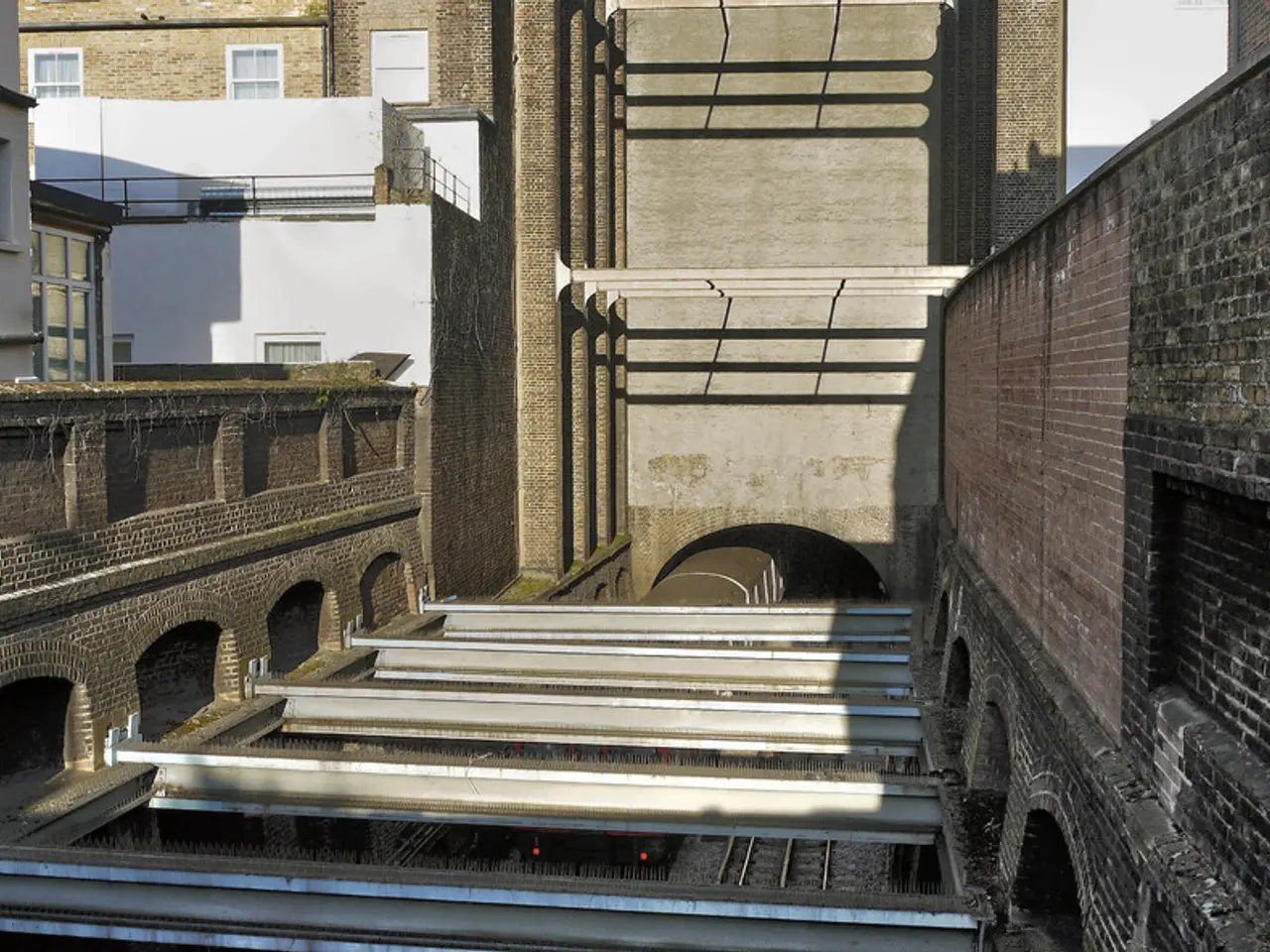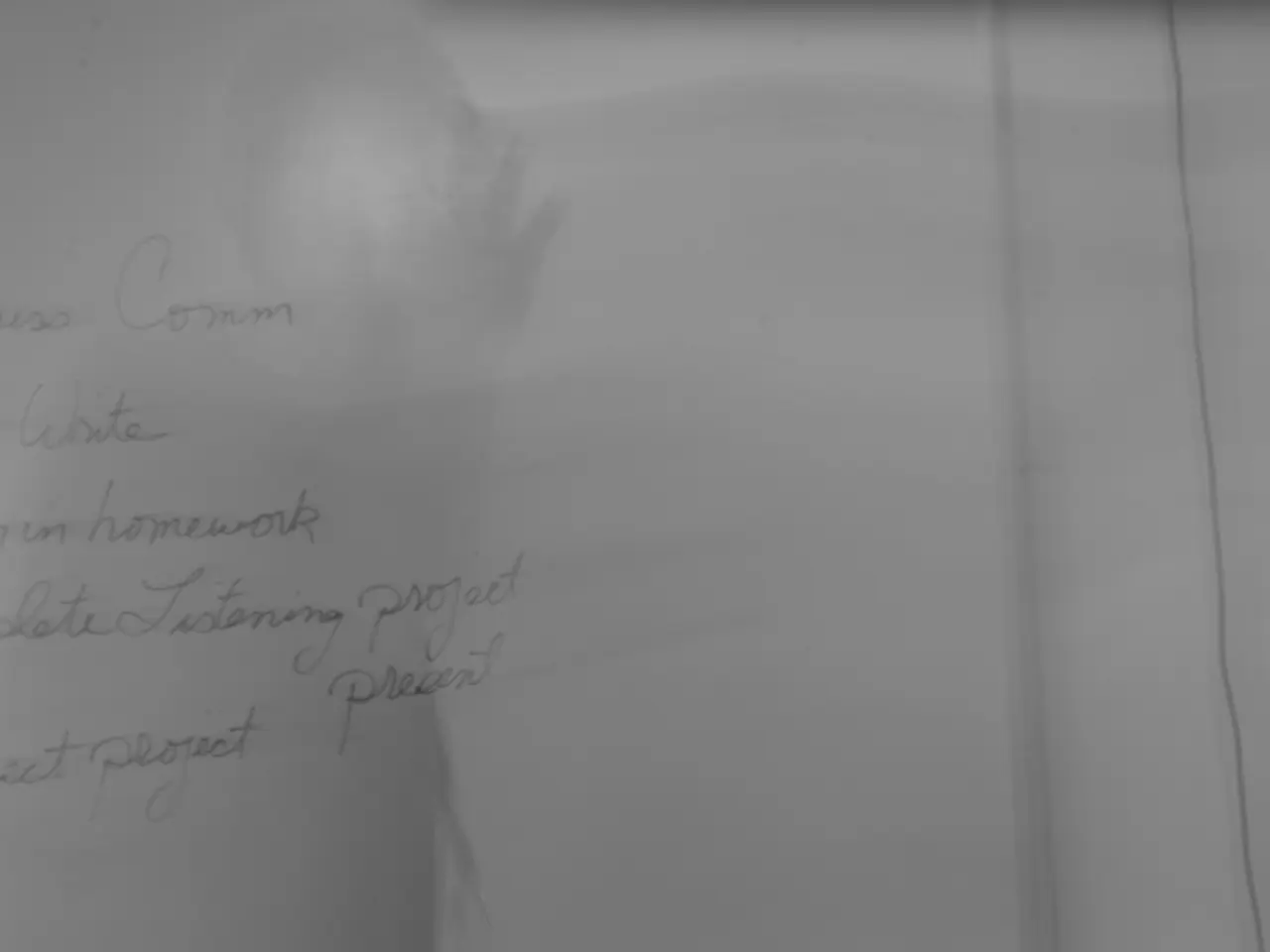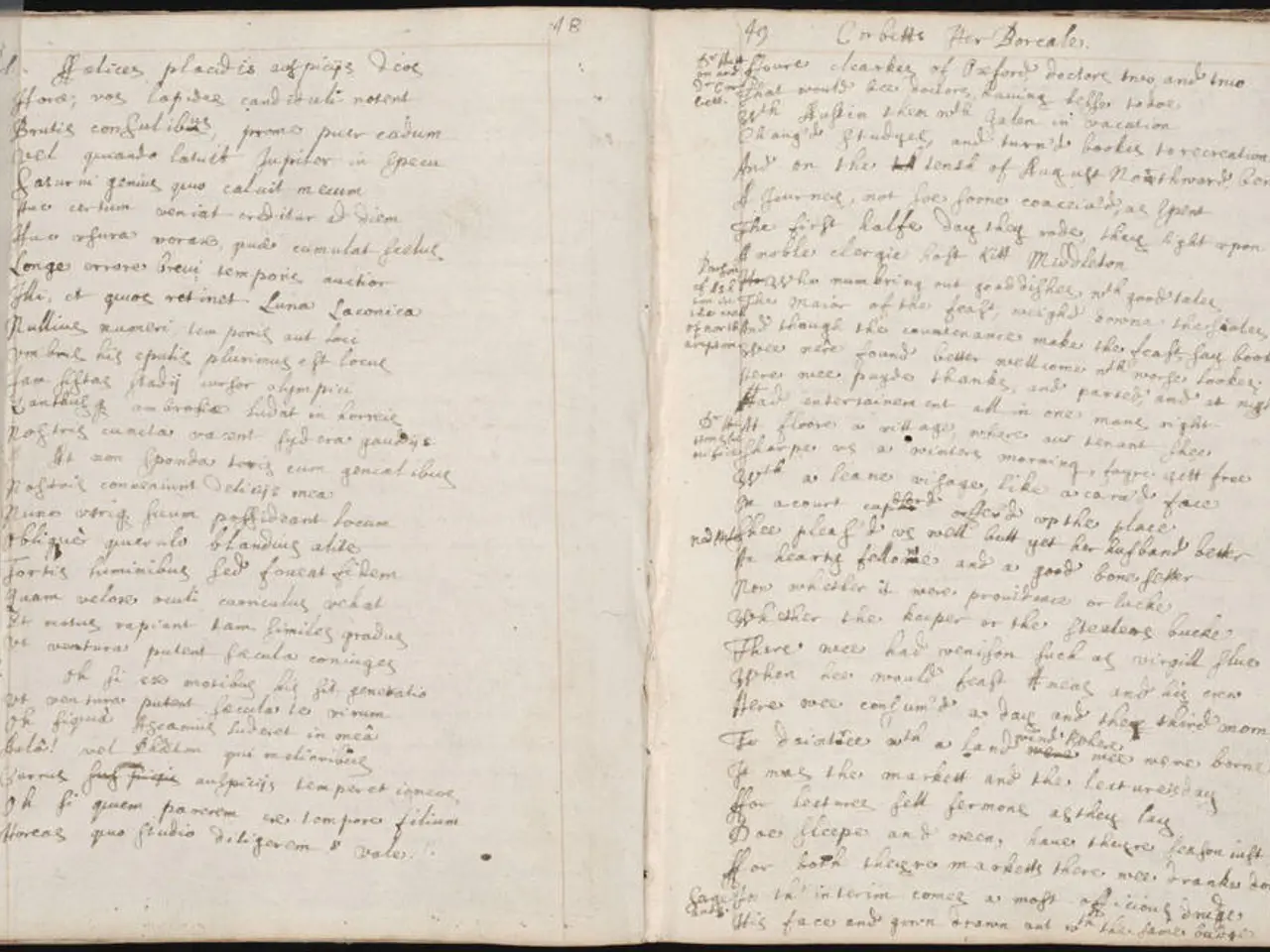Water shortage crisis in Iran: Shutdown of public restrooms in Tehran
In the heart of Iran, the capital city of Tehran is grappling with an acute water crisis that has led to the closure of public toilets. The crisis, caused by prolonged drought, reduced rainfall, high temperatures, and excessive groundwater extraction, has forced over 60% of the city's water supply to rely on overdrawn groundwater resources[1][2][3].
According to President Masud Pezeshkian, all of Iran's dams are almost empty[1]. News portals Didehban-Iran and Shargh report that these closures are part of the government's water-saving measures[2]. With estimates of around 20,000 public toilets in the Greater Tehran area, the impact of these closures on the city's residents is significant.
The energy and water crisis in Iran has become the main concern for Iranians. To conserve water, the government has implemented routine water rationing and emergency water supply interruptions across Tehran, causing hours-long daily water outages for households and businesses[2][3]. These measures have significantly impacted residents, with many experiencing frequent water shutdowns in most districts, except some privileged areas reportedly spared from disruptions[2].
The high population density of Tehran exacerbates demand, with nearly half of the province’s water consumed for drinking and sanitation alone, well above the national average[2]. The closure of public toilets is a result of this ongoing water crisis. However, the lack of accessible sanitation facilities could potentially lead to public health issues[1].
President Pezeschkian describes the crisis as a "natural disaster" that could worsen in the coming weeks[1]. In response, the government has declared emergency public holidays as part of broader crisis management, aiming to reduce water and energy demand during peak periods[3]. There are also serious considerations to reduce the workweek from five to four days or impose a forced shutdown of the capital to save electricity and water[2].
The public response shows widespread frustration and criticism of government mismanagement rather than individual overconsumption as the root cause of the crisis. While urgent conservation efforts are underway, experts and citizens alike view the problem as systemic and deep-rooted, with few expecting quick relief from the current measures[1][2]. Some officials, including President Pezeshkian, have even suggested relocating the capital given the severity of water shortages[1][4].
Many residents of Tehran complain on social media that a dignified life is hardly possible under these conditions[2]. Didehban-Iran accuses the government of denying the capital's residents a basic necessity by shutting down essential services like public toilets[2]. Long power outages are also common, making it impossible to use air conditioning in temperatures between 40 and 50 degrees Celsius[1].
As the water crisis in Tehran continues to worsen, the Iranian government and its citizens are faced with the challenge of adapting to these harsh conditions and finding long-term solutions to ensure a sustainable water supply for the future.
[1] https://www.bbc.com/news/world-middle-east-61508036 [2] https://www.reuters.com/world/middle-east/iran-cuts-water-supply-tehran-drought-2021-07-16/ [3] https://www.aljazeera.com/news/2021/7/16/iran-declares-emergency-holidays-to-conserve-water [4] https://www.iranwire.com/news/79808/tehran-water-crisis-capital-relocation-proposal-iranian-president-massoud-pezeshkian/
- Environmental science experts warn that the ongoing water crisis in Tehran, driven by climate change, could become a pressing issue in the realm of policy and legislation, requiring interventions in politics to address the root causes and implement long-term solutions.
- As the water crisis deepens, the general news coverage in Iran frequently features discussions about the environmental-science implications, the government's crisis management strategies, and the public's growing frustration.
- In the midst of the Iranian capital's water crisis and resulting political debates, some experts propose innovative solutions such as relocating the capital or implementing policy changes like reducing the workweek to address the systemic issues and ensure a sustainable water supply for the future.








